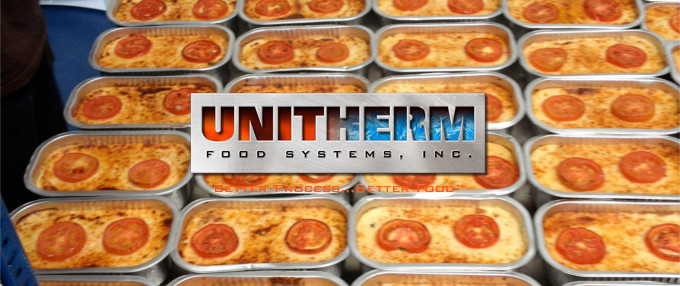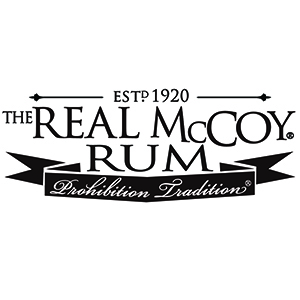Catering companies typically have profit margins between 7% and 8%. That’s higher than most restaurants since caterers usually have lower overhead costs. But if you want your catering business to earn even more money, then knowing how to minimize your expenses is a must.
7 Ways to Save Money Running a Catering Company
This article should help you do exactly that. So keep reading to find seven tips for saving money while running a catering company.
Consider Switching Your Menu
If you want to save money while running your catering business, changing what you serve may be a good idea. You’ll be able to earn a higher profit margin with certain types of dishes and ingredients than with others.
For example, drinks like wine and cocktails have the highest profit margins. But you can also make an excellent income serving things like:
- Pasta
- Fried rice
- Egg dishes
- Pizza
The common denominator for these dishes is their low costs and high perceived value. If you can work some of these meals into what your catering company serves, it could significantly reduce your costs.
Cook From Home
If your catering business is still relatively small, then cooking from home may be an option. Doing so could save you thousands of dollars a month in rent costs.
That said, cooking from home won’t be an option for every caterer. So another idea is to rent time in a commercial kitchen space, which costs between $15 and $30 per hour on average.
The bottom line is that most caterers don’t need their own professional kitchen space available 24/7. So why not save money by looking for an alternative place to cook your meals.
Reduce Employee Turnover
Limiting turnover is a must if your catering company employs other people. Every time an employee leaves, you must take time out of your schedule to post help-wanted ads online, interview applicants, and train whoever you hire.
It all adds up to a considerable loss of efficiency, which will end up costing your business more while also taking up more of your time. So do what you can to encourage employees to stay with you, including accommodating their requests and paying them a fair income.
Don’t Forget Liability Insurance
Alcohol has one of the highest profit margins of anything that restaurants and catering companies serve. That’s why it’s a great idea to include it in your menus, but this also opens you up to some risk.
If you serve alcohol at your events, you’ll want liability insurance for a liquor business. This type of insurance will protect you if an alcohol-fueled accident occurs.
With liquor liability insurance, you won’t have to worry about unexpected costs from legal fees, property damage, or injuries. It could save you tens of thousands of dollars for the cost of just a small monthly premium.
Strike Deals with Suppliers
If you consistently order supplies from the same vendors, you may be able to agree with them to reduce your costs.
For example, let’s say you have to order produce, meat, and grains every week. You may currently be using one supplier for each type of product. But if you offer to start purchasing all of these products from one vendor, they may give you a discount in exchange for the extra business.
This can create a situation where you still get all the ingredients needed to do your catering jobs. But you’re not paying as much for them as you once were.
Minimize Food Waste with More Precise Ordering
Food waste is a problem that often gets tied to restaurants, but it can also be a big issue for catering businesses. If you don’t order the correct amount of food from your suppliers, you may throw away some of the products you paid for, thereby reducing your profits for an event.
Read Also: Eggland’s Best Offers Lightyear-Inspired Recipes for Movie Night
To be more precise with your orders, you must get more specific information about what you’ll need for each upcoming event. That means changing the nature of the questions you ask clients during your planning phase could save you money.
Be Strategic About Serving Plated Meals Or Buffets
As a caterer, you probably already know there’s a cost difference associated with plated meals and buffets.
Buffets are often easier to prepare, meaning less labor on your end. But you also need to purchase and serve more food for them. And you may be unable to make as much per guest as you would with a plated service.
You can experiment with both types of catering services and then use whichever is more cost-effective for your company. The answer to that question will likely depend on how much you can charge for a plated meal over a buffet.







